
Do not stop to admire the vast and varied world of plants: I really like a lot of coniferous culture – in front of their witty charm and resinous aroma hard to resist, you will agree! Tirelessly admiring the delicious herbaceous plants, but… my heart has long been completely given to the tree species. And this is not surprising: they are flawless, charming, elegant and luxurious.
They are the basis of the structure of country decoration. Today, these country aesthetes are not limited to widespread in the culture of shrubs — roses, dogwood, weigelas, the mock oranges and so on.

They are tirelessly looking for spectacular and rare species, varieties that can surprise neighbors and guests of the country.

And today I will introduce you to the rare shrubs of amazing beauty, which can become a real highlight of the suburban area and the pride of its owners.
Leycesteria formosa
Luxury deciduous shrub of the family Caprifoliaceae. She comes from the Himalayas.
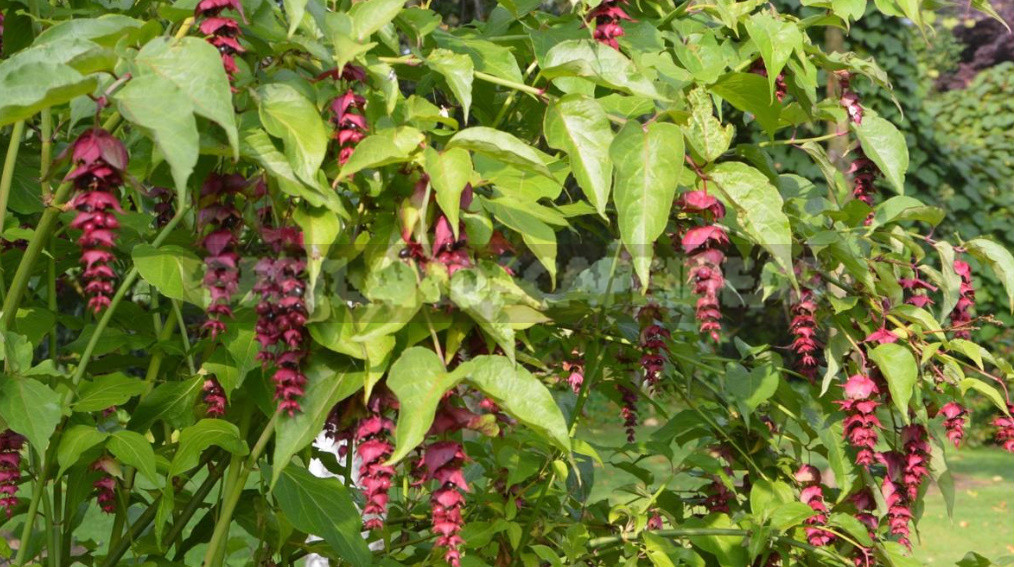
My acquaintance with her began long ago, in 1980.
At the age of 5-10 years it reaches a maximum height of 1.5-2.5 m. bamboo-Like blue-green hollow shoots lignified only in the lower part. The leaves are simple, oval, opposite, long-pointed, up to 17 cm long. Hanging final axillary inflorescences-brushes up to 10 cm long, with tubular-bell-shaped small white flowers (their beauty lies in the spectacular purple-red bracts). Fruits — fleshy, fragrant, juicy, red-purple berries. Inflorescences-brushes are surprisingly peculiar: they can simultaneously present pinkish buds, white flowers and Burgundy fruits of varying degrees of maturity. This flowering-fruiting continues from mid-summer to the first autumn frosts. Grow faster.
Accommodation in the country
Quite unpretentious. Leycesteria formosa prefers Sunny places, but can (completely without prejudice to flowering) grow in partial shade. With respect to the soil is not demanding: well developed in different (including sand), with any acidity, but always wet and well-drained. The landing site should be protected from cold winds.
Features of care
With age needs in autumn pruning on “stump”.
Winter hardiness, resistance to diseases and pests
Its temperature winter minimum is at -15°C, so even in the southern regions it needs winter shelter. Not damaged by pests and diseases.
Methods of reproduction
Propagated by seeds and green semilignified cuttings (in summer). Seeds are sown in containers in autumn.
Use
Leycesteria formosa is well grown in any garden, I use even in cottages with little care.

This is the original Freecell close-up.
Myricaria alopecuroides
Very effective deciduous shrub, which in our country few people know, although it is a Russian plant: in nature lives in the mountains of Siberia, in the Altai. Outwardly, Myricaria alopecuroides is similar to Tamarix, Artemisia absinthium, Artemisia abrotanum and even Asparagus, and a light candle-shaped pink inflorescence is an intermediate variant between the flowers Tamarix and Liatris.
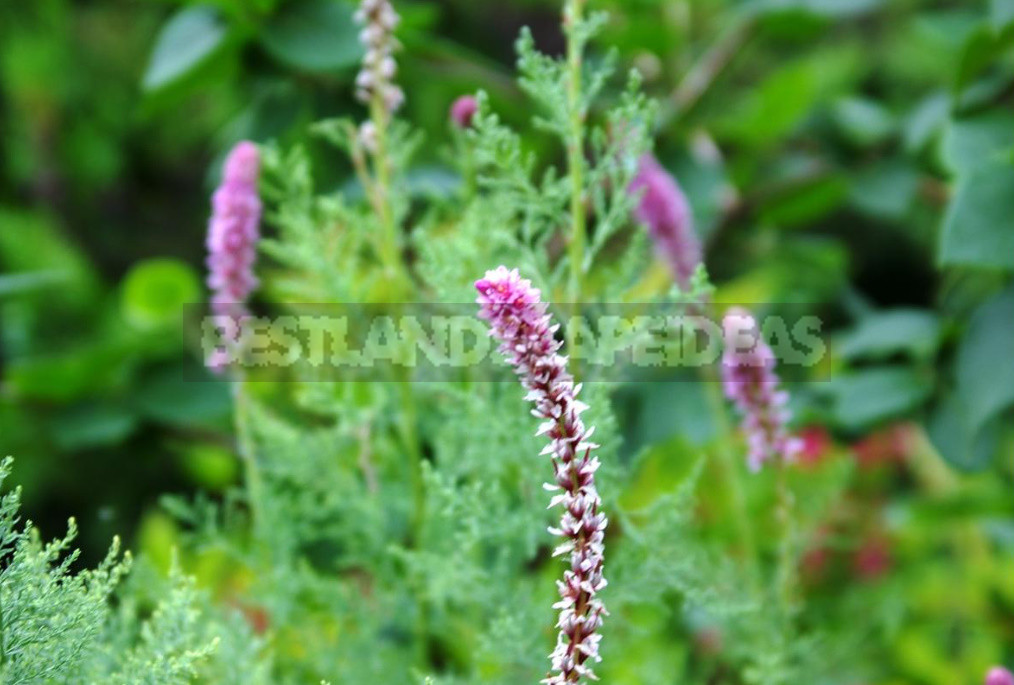
It is a straight-growing shrub up to 2 m, slightly spreading, with yellow-brown or reddish shoots. The leaves are small, scaly, bluish-green, similar to the needles of some varieties of junipers and cypress. Pink flowers bloom in may-August, collected in openwork spike apical or lateral inflorescences. Fruit — ordinary-looking small boxes with numerous tiny seeds.
Features of care
It grows well in damp, lighted areas with a variety of soils, even infertile. Myricaria alopecuroides is quite winter-hardy, even if in severe winters without snow it will freeze a little, the next year it will grow quickly.
Accommodation in the country
There is little information on the use of Myricaria alopecuroides in compositions.
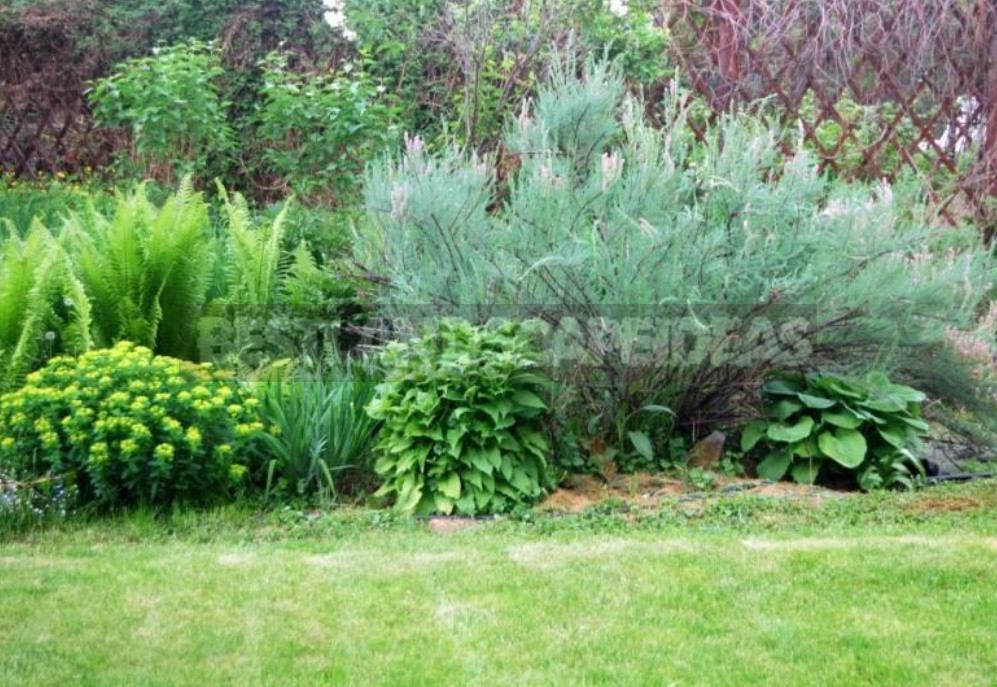
Place for it is better to choose along the streams, on the pebbles, near the running water. With a lack of water and light, it is stretched, may turn yellow and lose decorative. Myricaria alopecuroides does not pretend to be a tapeworm, but it is quite interesting. It is considered a pioneer plant for filling pebbles. Suitable for creating hedges, a participant in group plantings in the pond, in the background of mixed borders with many years of floral crops.
This is interesting: the bark of Myricaria bracteata is rich in tannins. Previously, it was used to produce black paint.
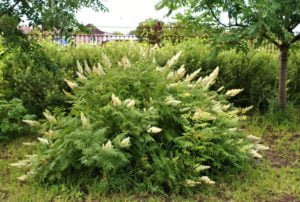
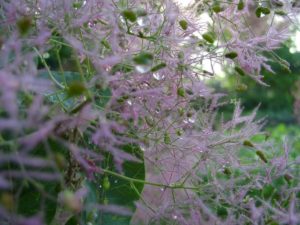
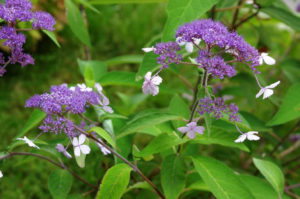
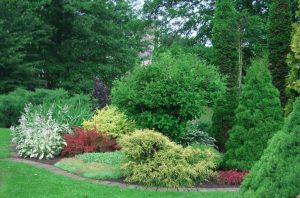
Leave a Reply